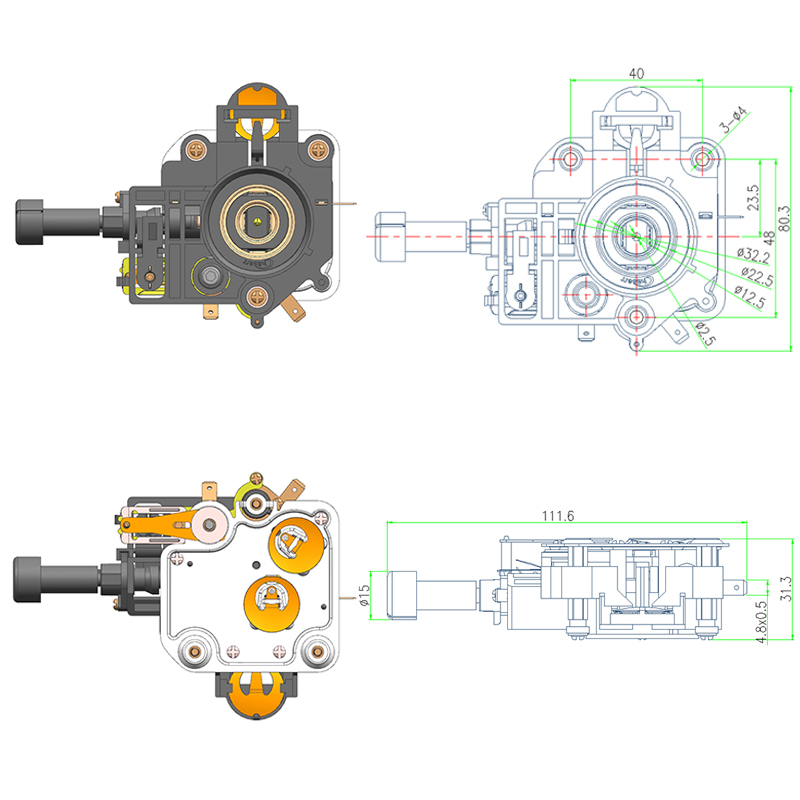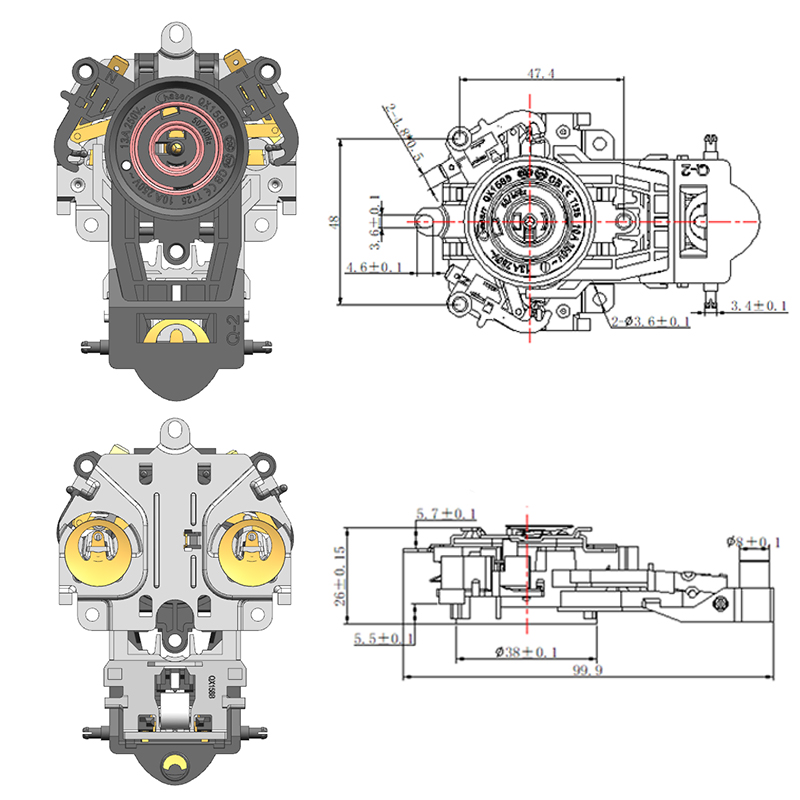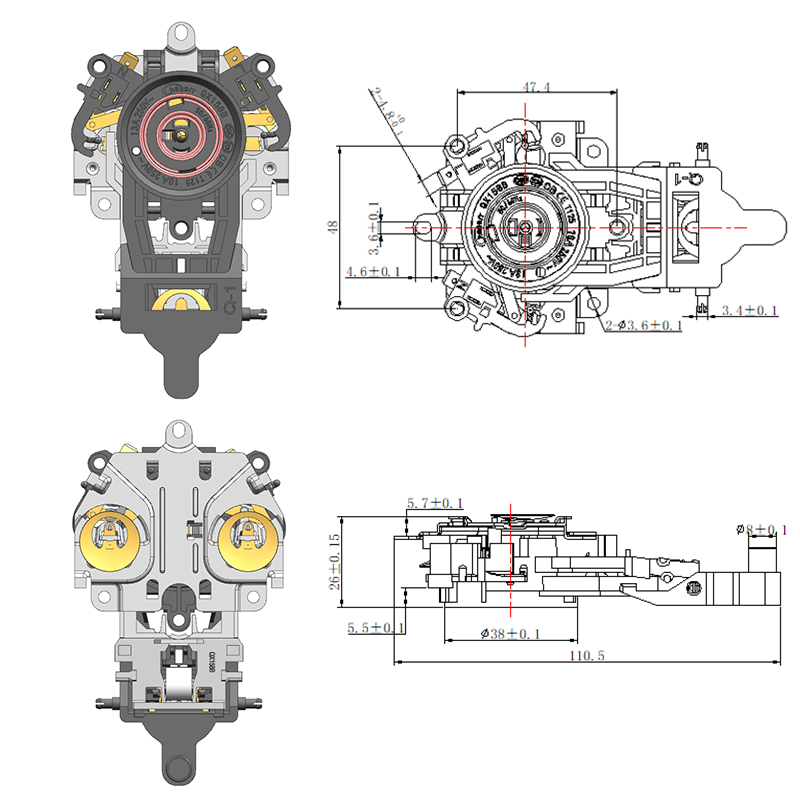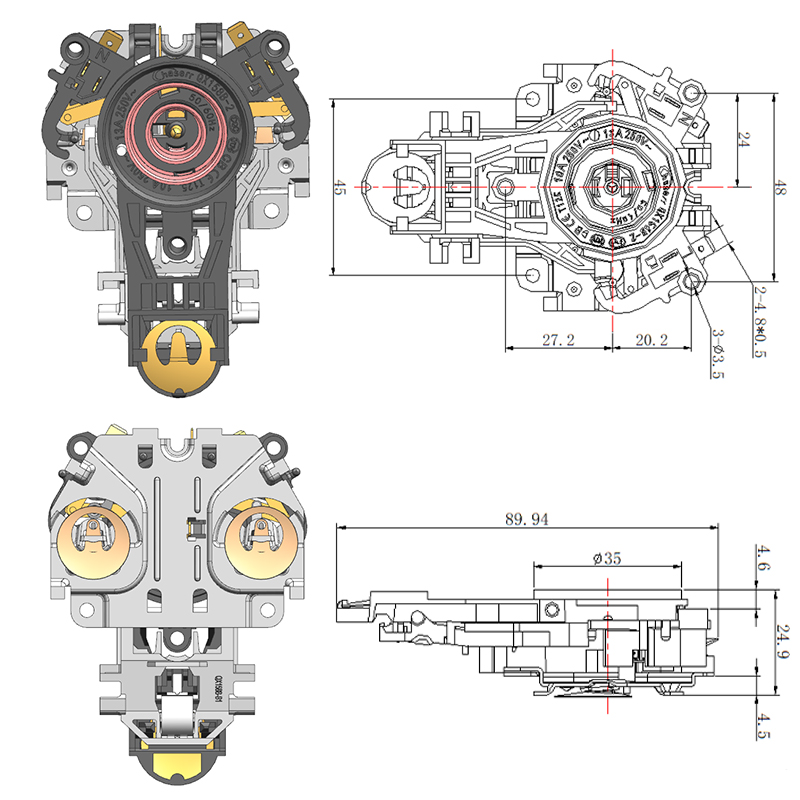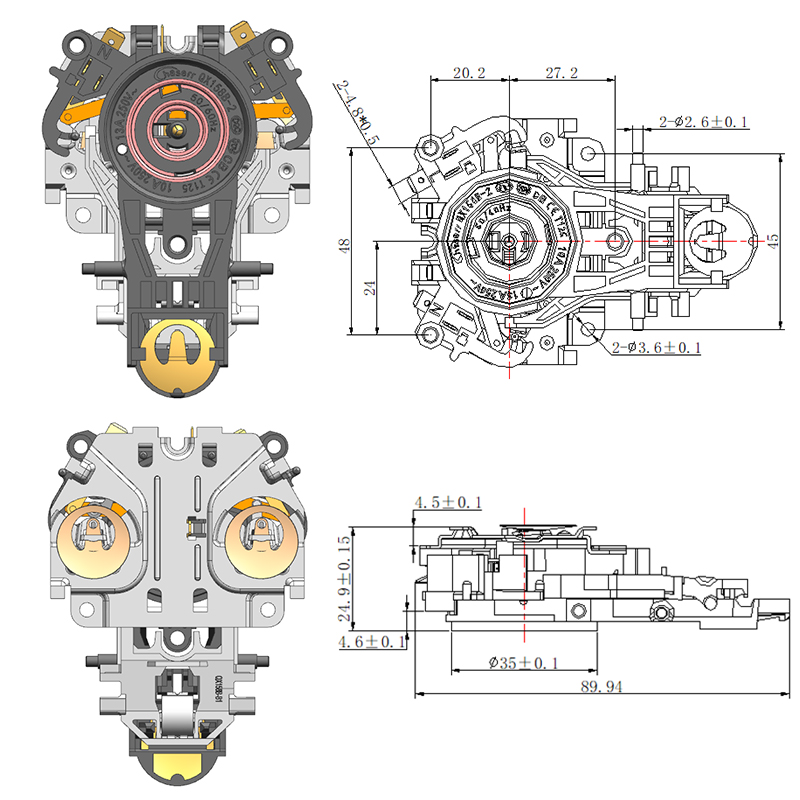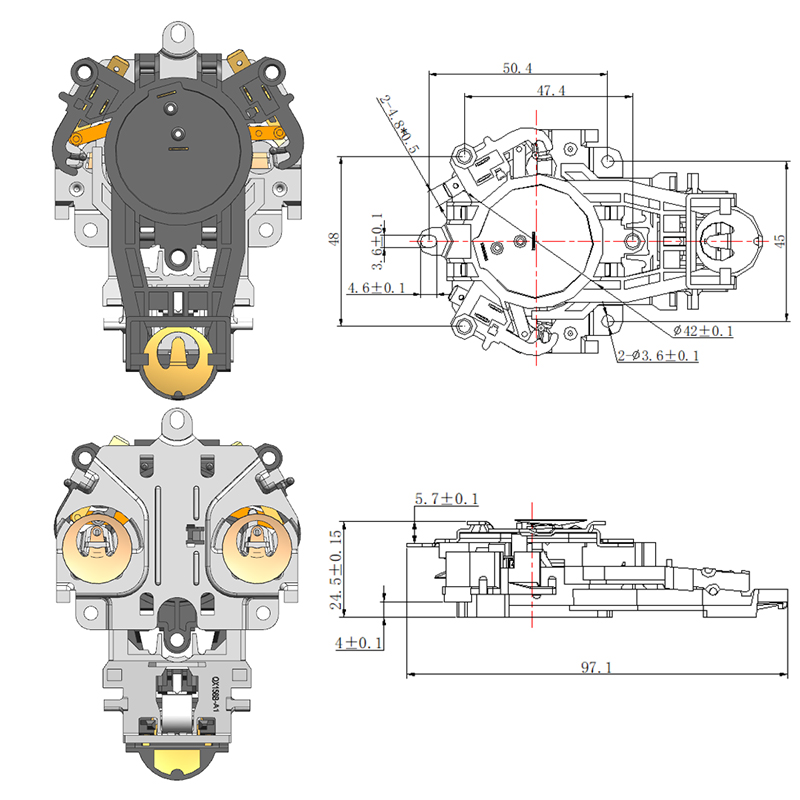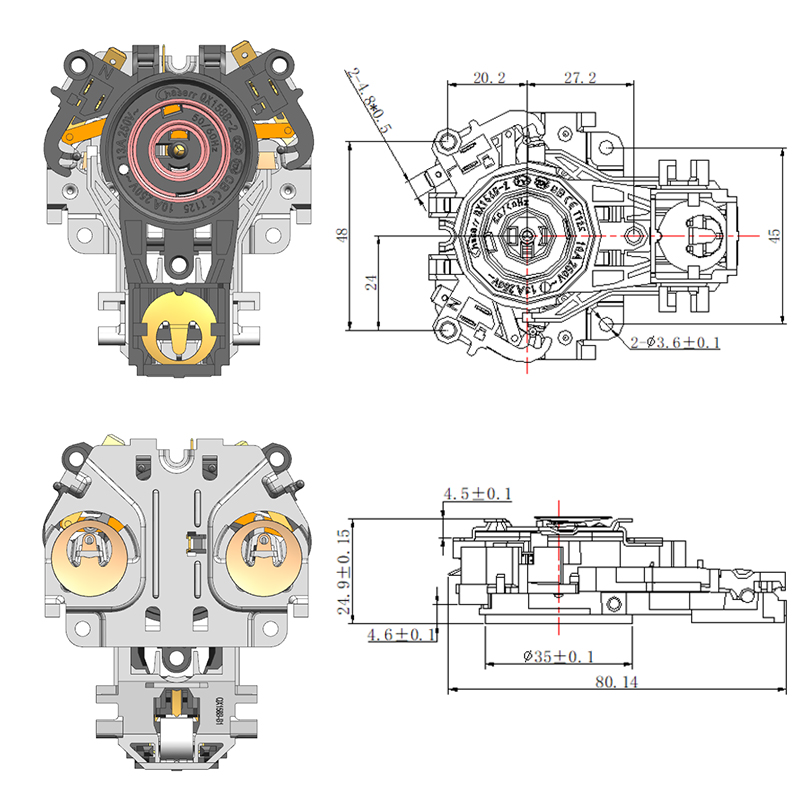Integrating Automatic Thermostat Control Into Multi-Temperature Smart Kettles for Use
How Automatic Thermostat Control Works in Kettles
At the core of these modern kettles lies an advanced thermal sensing system. Automatic Thermostat Control utilizes thermistors or bimetallic elements that detect real-time temperature changes inside the kettle. Once the selected temperature is reached, the system disengages the heating element automatically, maintaining the water at that level or shutting it off completely, depending on the model. This allows users to choose from preset or custom temperature options instead of relying on boiling as the default setting.
The use of this technology not only enhances user control but also contributes to energy efficiency. Since water doesn't need to reach 100°C in all cases, heating stops earlier, saving both time and electricity. Additionally, maintaining a set temperature for extended periods—such as keeping water warm for tea refills—is made possible without repeated boil cycles, which also helps preserve the taste profile of delicate beverages.
Benefits of Multi-Temperature Smart Kettles
A Smart Temperature Kettle with multiple temperature settings provides several practical benefits. For tea enthusiasts, for example, different types of tea leaves require specific brewing temperatures to release their full flavor without bitterness. Green tea generally brews around 70–80°C, while black tea benefits from temperatures closer to 95°C. Having access to precise temperature settings simplifies this process and ensures consistent results.
The smart features of these kettles often include LED displays, touch-sensitive buttons, or even mobile app integration. These interfaces enable users to set, monitor, and maintain their desired water temperature easily. Some models also include a “keep warm” function that automatically activates after the water reaches the selected level, demonstrating the synergy between digital control and Automatic Thermostat Control technology.

Design and Material Considerations
Integrating precise thermal control systems requires careful design planning and the use of heat-resistant materials. The internal layout must allow sensors to detect temperature changes accurately without interference from steam or uneven heating zones. High-quality stainless steel and borosilicate glass are frequently used in Smart Temperature Kettle designs for their thermal stability and safety.
Additionally, the circuitry controlling the heating element must be well-insulated and shielded from moisture. Designers must also account for rapid cycling between heat-on and heat-off states, which can cause wear and tear on mechanical components. To counteract this, modern kettles use solid-state relays or contactless switches, improving the longevity and responsiveness of the thermostat control system.
User Safety and Energy Efficiency
Beyond convenience, these innovations significantly improve user safety. Traditional kettles without temperature regulation often overheat, posing a risk of burns or appliance damage. In contrast, Automatic Thermostat Control ensures that the heating element turns off precisely at the desired point, reducing the chances of boiling dry or overheating the appliance. Many kettles also feature auto shut-off and boil-dry protection functions as an added layer of security.
From an environmental perspective, these systems reduce unnecessary energy consumption by preventing over-boiling and repeated heating cycles. Even a small reduction in energy use per session can add up to noticeable savings over time, particularly for households that use their kettles multiple times a day.
Conclusion
The integration of Automatic Thermostat Control into the design of the Smart Temperature Kettle marks a significant step forward in both functionality and user experience. By allowing precise, multi-temperature options tailored to different needs, modern kettles meet the expectations of today's consumers who value control, energy savings, and safety. As technology continues to evolve, we can expect even more intelligent and efficient thermal regulation systems to become standard features in everyday kitchen appliances.

 English
English  中文简体
中文简体  Español
Español 
